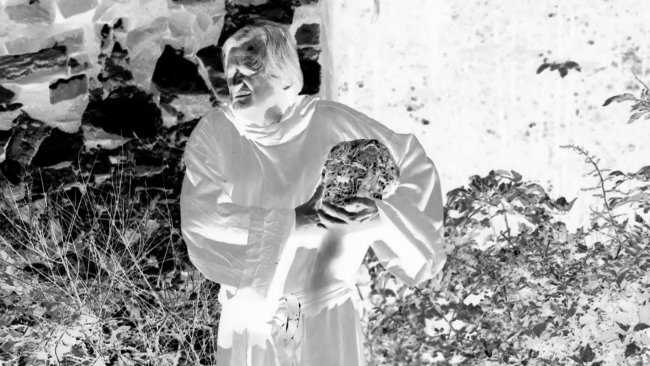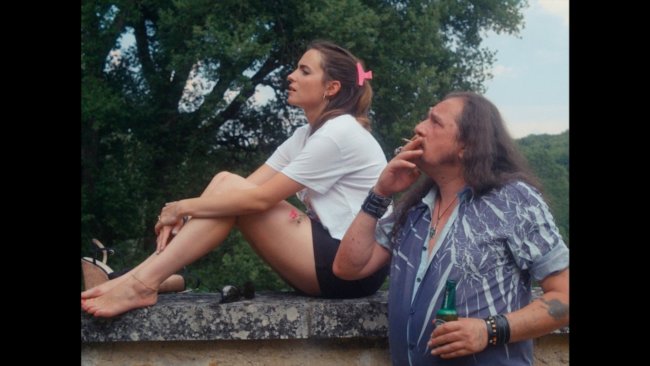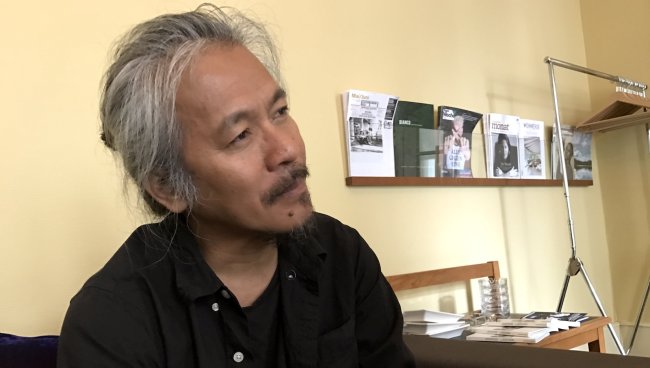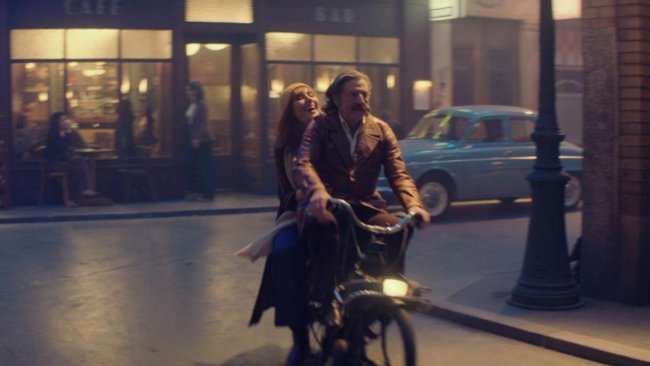Bridges of Time
[…] It is a perfect introduction for a film which does not aim at providing extensive historiographical references but rather chooses to be a poetic piece revolving around the ontology of documentary creation and, this is my guess, perhaps it couldn’t have assumed a different or better shape.
[…] Kristīne Briede and Audrius Stonys’ work is not just a consummate document of the 1960s documentary tradition, but also a wider reflection on temporality as a fundamental tool for artistic creation.
Text: Davide Abbatescianni

Kristīne Briede and Audrius Stonys’ Bridges of Time is a meditative documentary about the less-remembered filmmakers of the 1960’s Baltic New Wave. At that time, when French pioneers of cinéma vérité intended to achieve a new realism, the three Baltic countries witnessed the birth of a generation of documentarians who favoured a more romantic, light-hearted view of the world. The film opens with a beautiful black-and-white shot depicting a panting woman about to give birth, followed by quick glimpses of a solar eclipse and Herz Frank’s voice-over, accompanied by a series of striking pictures of remote landscapes.
«We film the Earth, but we remember that Heaven is above us. We film the substance, the reality, but always remember that there is spirituality too», wisely says the Latvian master, while making his speech about God, the act of creation and the art of documentary filmmaking. It is a perfect introduction for a film which does not aim at providing extensive historiographical references but rather chooses to be a poetic piece revolving around the ontology of documentary creation and, this is my guess, perhaps it couldn’t have assumed a different or better shape.
Kristīne Briede and Audrius Stonys’ work is not just a consummate document of the 1960s documentary tradition, but also a wider reflection on temporality as a fundamental tool for artistic creation. Throughout the film, a selected group of legendary Baltic filmmakers try to explain their unique perspectives on the passage of time and the order of things. We become acquainted with their answers through some scenes from their old films, the poetic juxtaposition of archival footage and, often, through their gazes and their personal relationship with the camera (in this respect, the sequence dedicated to Ivars Seleckis is emblematic). Moreover, during several controlled interviews, the directors talk through their aesthetic approaches and relationships with time. Their takes are reflective of their different (often contrasting) focuses of interest and artistic sensitivity - for example, while Mark Soosaar highlights that «nothing is eternal, only changeability is eternal», his colleague Andres Sööt (best known for his 1978 masterpiece The Feast of St John) affirms that there are no times that will vanish and «this very moment will stay forever». We also get to see footage from Robertas Verba’s last years; here, the Lithuanian filmmaker, who died lonely and neglected in 1994, is depicted on the balcony of his apartment, totally covered by rubbish and other abandoned items, which he ironically defines as «all I earned during my life». It is a sequence full of candour and wit, during which, at some point, the director grabs an old tire, says he cannot trash it and shows a small pigeon sitting on a nest, placed on the inner liner. This scene is followed strategically by a series of black-and-white shots from Verba’s work, portraying a baby learning to walk. Here, the editing work builds an astonishing metaphor of the circle of life, as this segment comes after Verba’s words expressing his feeling of “becoming infantile” while growing old and gladly returning to his childhood. Other masters portrayed in the film include Uldis Brauns, Henrikas Šablevičius, Aivars Freimanis and Laima Žurgina.
Furthermore, the documentary is enriched by the presence of a sublime music score (courtesy of Vilnius-born composer Giedrius Puskunigis), which plays a double role. On one hand, some tracks are characterised by a rather nostalgic mood and successfully immerse the viewers in the joyful vibes of the 1960s, whilst on the other, some solemnly accompany the auteurs’ monologues on temporality and documentary making. The Baltic New Wave’s hopeful, ironic mode of filmmaking is also conveyed through several playful scenes, such as the one showing a group of children dancing the twist on the beach, intertwined with shots of a Soviet helicopter overseeing them.
The film’s ending amplifies the metaphor of the creative process as “delivery”, as it shows the woman of the opening scene finally giving birth to her baby. It is probably an obvious choice, but still effective and full of sweetness. On the whole, Bridges of Time is a cinematic poem that gifts the viewers with a splendid, engaging account of these lesser-known (but, in my opinion, not less important) European filmmakers. It successfully pushes past the boundaries of historiographic inquiry and represents a bright example of a self-reflexive art documentary.
This article contains a third-party video. If you would like to watch the video, please adjust your settings.
Info
Bridges of Time | Film | Kristīne Briede, Audrius Stonys | LTU-EST-LVA 2018 | 78’ |Filmpodium Zürich
First published: December 08, 2019



